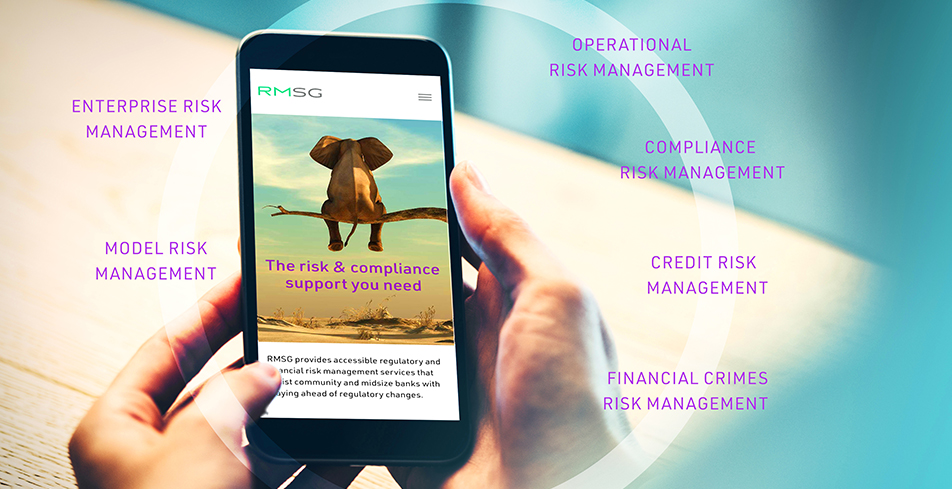Suggestions for Enhancing Third-Party Risk Management at Community Banks
John Eckert has focused on third-party risk management as a national bank examiner for the Office of the Comptroller of the Currency, as an industry risk manager, and as an advisor. Here, he draws on his multifaceted experiences to provide tips for community banks on optimizing their compliance with the interagency third-party risk guidance.
Read more
AI Impact on Consumer Complaints
The integration of Artificial Intelligence (“AI”) in the banking sector has ushered in an era of unprecedented efficiency and innovation. AI technologies, ranging from sophisticated chatbots to intricate fraud detection algorithms, are transforming the landscape of financial services.
Read more
Key Takeaways from the FDIC’s Proposed Addition to Part 364 on Corporate Governance and Risk Management
In October 2023, the FDIC announced a proposed rulemaking in the Federal Register, inviting comments on new guidelines for governance and risk management at FDIC-supervised insured depository institutions with assets exceeding $10 billion.
Read more
The New Community Reinvestment Act: Understanding the Final Modernization Rule and Its Impact
In October 2023, the Board of Governors of the Federal Reserve System, the Federal Deposit Insurance Corporation and the Office of the Comptroller of the Currency (collectively known as the “Agencies”) issued a final rule (the “Final Rule”) amending their regulations, implementing the Community Reinvestment Act (CRA).
Read more
Navigating Geopolitical Uncertainty: Risk Management Strategies for U.S. Regional Banks
In the contemporary global landscape, geopolitical uncertainties such as wars, trade disputes, and political tensions are becoming increasingly pronounced.
Read more
The Rising Tide of Cyber Threats Facing U.S. Regional Banks
Regional banks play a critical role in the U.S. financial system, providing essential services to local communities.
Read more
Reputation Risk: Achieving Heightened Standards
The supervisory definition of reputation risk seemed straightforward enough when it was rolled out nearly thirty years ago. Negative publicity can trigger material safety and soundness risks. But by the time heightened standards were defined a decade later, debate lingered about whether reputation risk belonged in bank risk frameworks at all.
Read more

